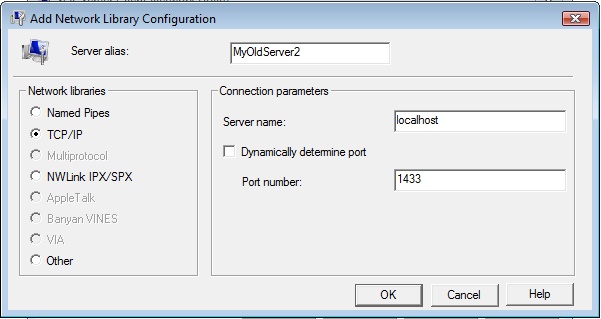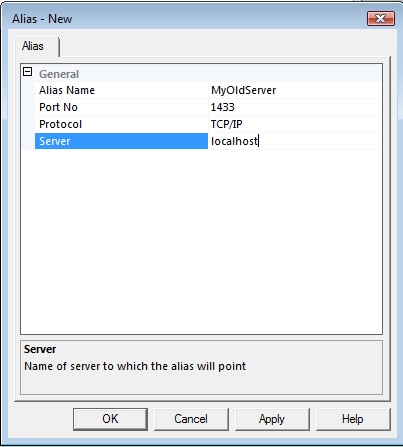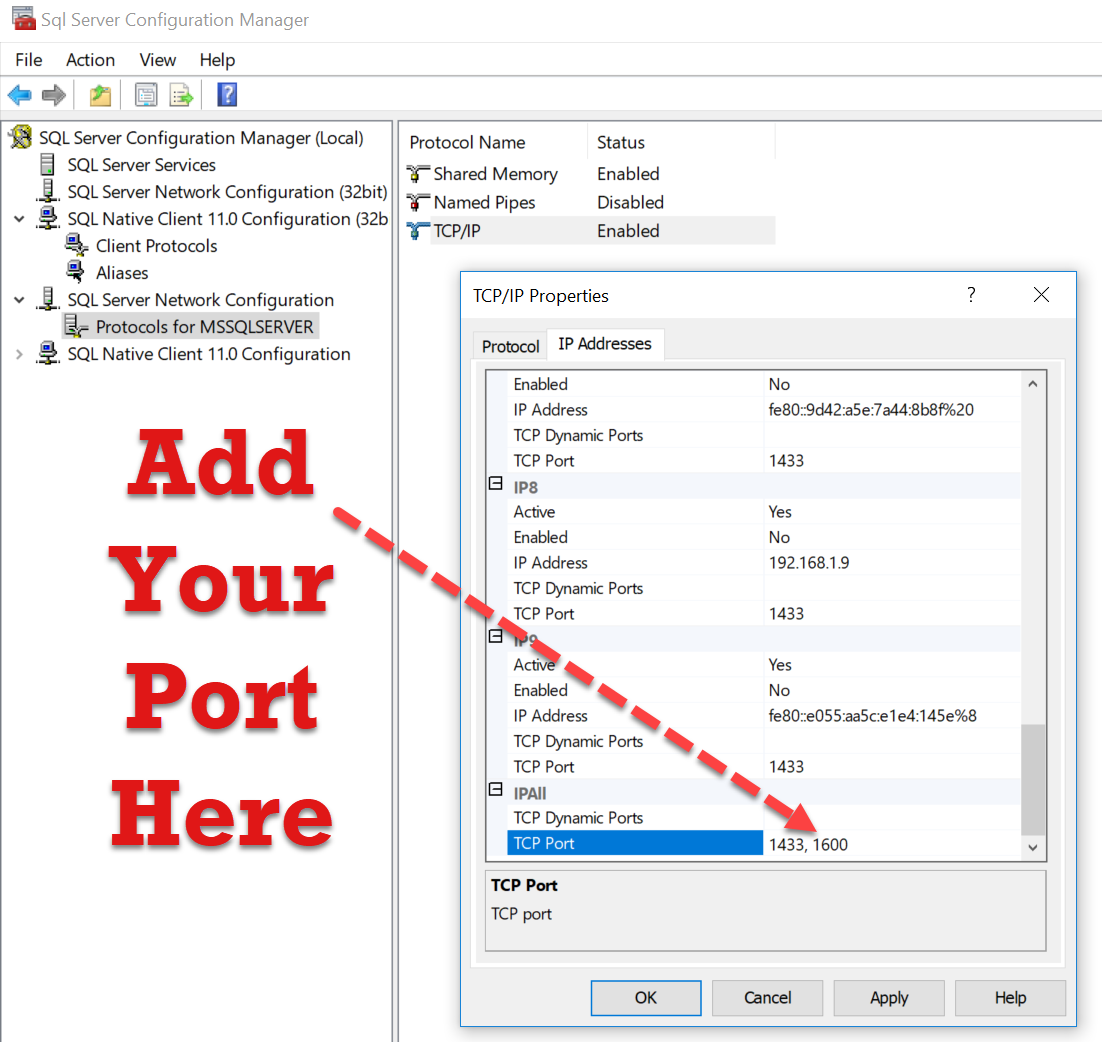
Alternatively, you can select a different port and remember it for use with the client-side procedure documented below.

On the General tab, if TCP/IP does not already appear, click Add.

Bring up the "Server Network Utility", under Start > Programs > Microsoft SQL Server 7.0.On the SQL Server, configure the server to support TCP/IP instead of, or in addition to, named pipes. If the previous solutions are not feasible, or are not allowed under your company security policy, then named pipes cannot be the sole network protocol for SQL Server. This approach is also simply in application (and has no administrative implications like the duplicate-userid's workaround above,) it may not be consistent with your company security requirements. The trust relationship effectively makes all the users defined in the "trusted" domain visible and valid in the "trusting" domain (the SQL Server's domain).
Configure sql server client access windows#
Then, when SQL Server using named pipes to authenticate, the it succeeds.Īlthough this approach is simple to implement, it is not a good solution for large networks with large numbers of users, as it requires that all userid/password maintenance be done twice, once in each Microsoft Windows domain.Īnother solution is to set up a "domain trust" relationship so the domain the SQL Server "trusts" the domain that the requesting user is defined in.
Configure sql server client access password#
One workaround is to create a user ID in the server's Microsoft Windows domain with the same user name and password as the requesting user ID.

There are several ways to workaround this problem: Configure User Access to the same Domain as SQL ServerĬonfiguring the SQL Server connection for TCP/IPĬonfigure each ClearQuest to use TCP/IP for its SQL Server connections


 0 kommentar(er)
0 kommentar(er)
